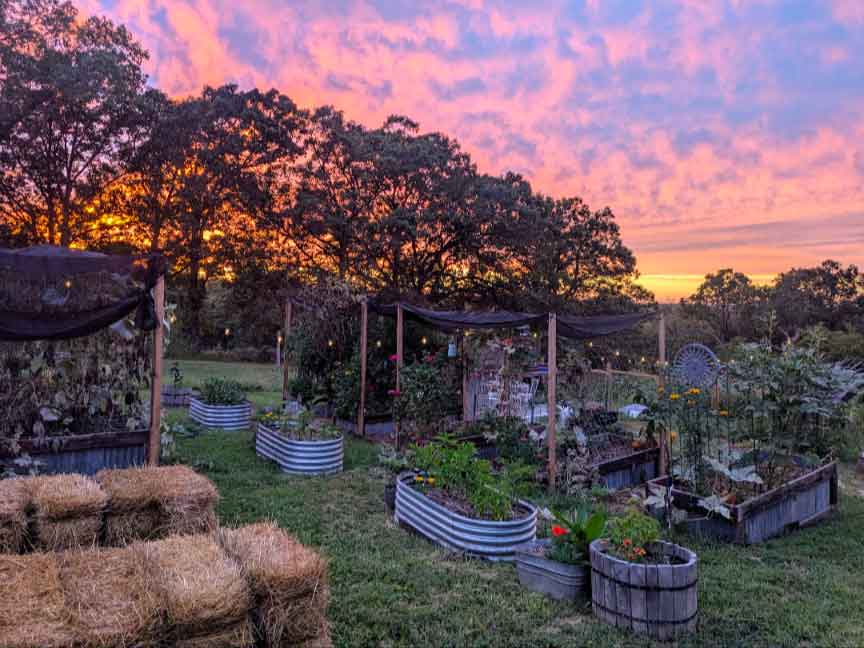About Peppers
It is hard to imagine Mexican, Thai, Chinese, and Indian cuisine without the distinctive flavor of peppers. Crunchy, delicious, and brightly colored peppers have more Vitamin C than any other vegetable! When deciding which peppers to plant, keep in mind that they are classified by their degree of hot or mild flavor. The heat of peppers is measured by the Scoville Heat Scale, which uses Scoville Heat Units (SHU) to represent capsaicin content. The higher the number of SHU, the hotter the pepper is. And though it is tempting to grow the really hot peppers, you’ll enjoy your harvest more if you plant what you truly will use and share.
When to Plant Pepper Seeds
Peppers, hot or sweet, can be quite easy to grow, but a little patience is required. Most varieties will take at least 85 days from sprouting to harvest. For the best results, seeds should be started indoors approximately eight to ten weeks before the last expected frost date. In most climates, January is a great time for germinating hot pepper seeds, but you may want to start as early as November or as late as February. Temperatures must be at least 70°F for good germination rates.
Where to Plant Pepper Seeds
Peppers are a hardy, warm season crop that enjoy full sun and loamy, well-draining soil with a neutral pH. While they are pest tolerant, peppers can be susceptible to mildews, so they prefer a warm and dry climate. Keep in mind that while pepper plants grow well in warm summer temperatures, many varieties will wait until nights begin to reach cooler temperatures to produce the bulk of their harvest.
Peppers benefit from nitrogen rich soil, so planting them in the same plot where beans or peas were planted the year before creates a beneficial crop rotation.
How to Plant Pepper Seeds
Begin your planting process by soaking pepper seeds in warm water overnight. This step helps speed up seed germination by penetrating the seed coat which in turn causes the embryo to plump up. When starting seeds, we recommend starting three to a pot and thinning the weakest seedling. Just pinch it off or clip it with scissors and leave the remaining two to grow as one plant. Approximately two weeks before transplanting peppers outdoors, harden off seedlings and prepare your plot with fertilizer or organic material, making sure your soil temperatures are at least 65°F consistently with absolutely no threat of frost, or else seedlings will not survive the transplant.
Seedling pairs should be placed about 18 to 24 inches apart. They need a well-drained bed, but consistent moisture is also important—plastic sheeting or mulch can be good materials for retaining moisture, but a drip irrigation system is another good alternative. Peppers will appreciate a stake or cage for stability, especially when they begin to fruit. To grow hotter peppers, some gardeners put a few match heads and a teaspoon of fertilizer in the hole before planting, as hot peppers like the sulfur.
How to Harvest Peppers
The harvesting of peppers will vary according to which type of pepper variety you planted. Most sweet varieties mature within 60 to 90 days, while hot peppers can take up to 150 days to mature. Knowing this helps you determine when to start your seeds, which brings most gardeners to January or February.
Pepper harvest time for many hot varieties of peppers, like jalapeños, is often indicated when the fruit is a deep, dark green. Other hot pepper varieties such as Cayenne, Serrano, Anaheim, or Tabasco are mature after a color change from green to orange, reddish brown, or red. Picking peppers as they mature encourages the plant to continue to fruit. Pepper plants should continue to fruit but production wanes into the fall in colder climates. In more temperate climates, peppers will continue to be produced and can be harvested through winter.
Sweet peppers, such as bell and banana peppers, are often harvested when the fruit is still green, but full sized. For a sweeter pepper, allow it to remain on the plant and continue to ripen, waiting as it transitions through colors until its final mature color. Some should change colors from yellow to orange to red before picking. Cherry peppers will vary in size as well as flavor and are harvested when they reach their peak mature color, whether that be deep red, sunny yellow, or black.
Take care when harvesting peppers, as the delicate branches will break if you tug at them. Use hand pruners, scissors, or a sharp knife to remove the pepper from the plant. And always remember: don’t rub your eyes!






